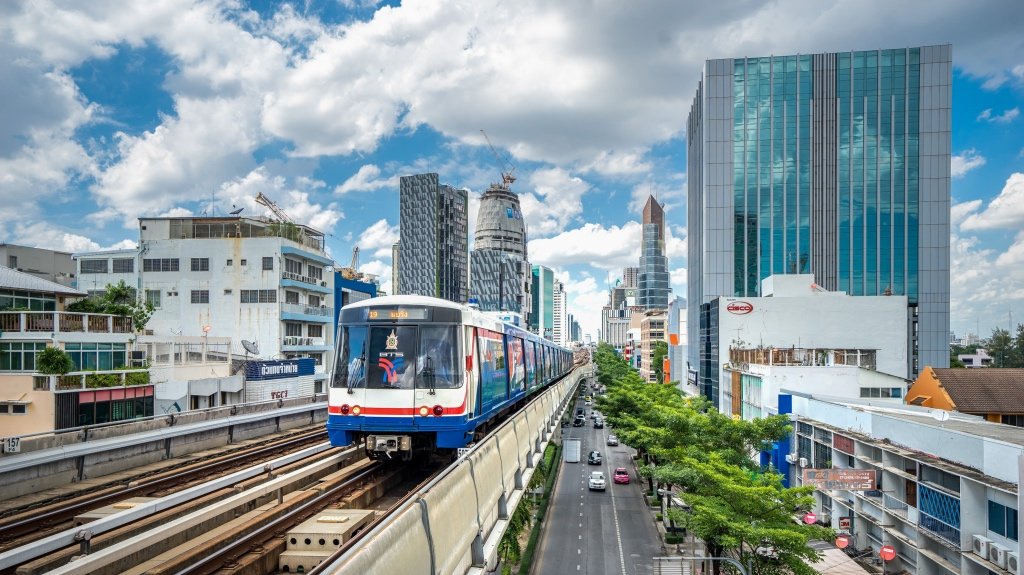As cities continue to grow and evolve, the need for sustainable development becomes increasingly important. One of the key ways to achieve this is through urban greening, which involves the incorporation of green spaces and vegetation into urban environments. This not only enhances the aesthetic appeal of cities but also provides a range of environmental, social, and economic benefits.
The Benefits of Urban Greening
Urban greening offers numerous benefits that contribute to the overall sustainability of cities. Firstly, it helps to improve air quality by absorbing pollutants and producing oxygen. Trees and plants act as natural filters, reducing the levels of harmful substances in the air and promoting a healthier environment for residents.
In addition to improving air quality, urban greening also helps to mitigate the urban heat island effect. As cities become more densely built, they tend to absorb and retain heat, leading to higher temperatures. By incorporating green spaces, such as parks and gardens, cities can reduce the heat island effect, creating cooler and more comfortable environments for residents.
Furthermore, urban greening plays a crucial role in conserving energy. Trees and vegetation provide shade, reducing the need for air conditioning during hot summer months. This not only reduces energy consumption but also lowers greenhouse gas emissions, contributing to the fight against climate change.
Another significant benefit of urban greening is its positive impact on mental health and well-being. Access to green spaces has been shown to reduce stress, anxiety, and depression, while promoting relaxation and overall mental well-being. Parks and gardens provide opportunities for physical activity, social interaction, and connection with nature, all of which are essential for a healthy and happy community.
Recent Transformations in Urban Greening
As the importance of urban greening becomes more widely recognized, cities around the world are implementing innovative strategies to incorporate green spaces into their urban landscapes. Here are some of the latest transformations making cities more sustainable:
Vertical Gardens
Vertical gardens, also known as green walls, are becoming increasingly popular in urban areas. These structures are designed to grow plants vertically, often on the exterior walls of buildings. Vertical gardens not only enhance the visual appeal of buildings but also provide insulation, improve air quality, and reduce energy consumption.
Rooftop Gardens
Rooftop gardens are another exciting trend in urban greening. By utilizing the otherwise unused space on rooftops, cities can create green areas that offer a range of benefits. Rooftop gardens help to reduce stormwater runoff, improve air quality, and provide urban residents with access to green spaces, even in densely populated areas.
Urban Forests
Creating urban forests involves planting large numbers of trees in urban areas, providing numerous benefits to the community. Urban forests help to cool cities, improve air quality, and provide habitats for wildlife. They also offer recreational opportunities for residents and contribute to the overall beauty and livability of cities.
Green Infrastructure
Green infrastructure refers to the integration of natural elements, such as trees, plants, and water features, into the built environment. This approach helps to manage stormwater, reduce flooding, and improve water quality. Green infrastructure also enhances biodiversity and provides opportunities for recreation and relaxation.
Conclusion
Urban greening is a vital component of sustainable development in cities. By incorporating green spaces and vegetation into urban environments, cities can reap a wide range of benefits, including improved air quality, reduced energy consumption, enhanced mental well-being, and increased biodiversity. The latest transformations in urban greening, such as vertical gardens, rooftop gardens, urban forests, and green infrastructure, are paving the way for more sustainable and livable cities. As we continue to prioritize sustainability, urban greening will play a crucial role in creating a healthier and more environmentally friendly future for urban dwellers.



































